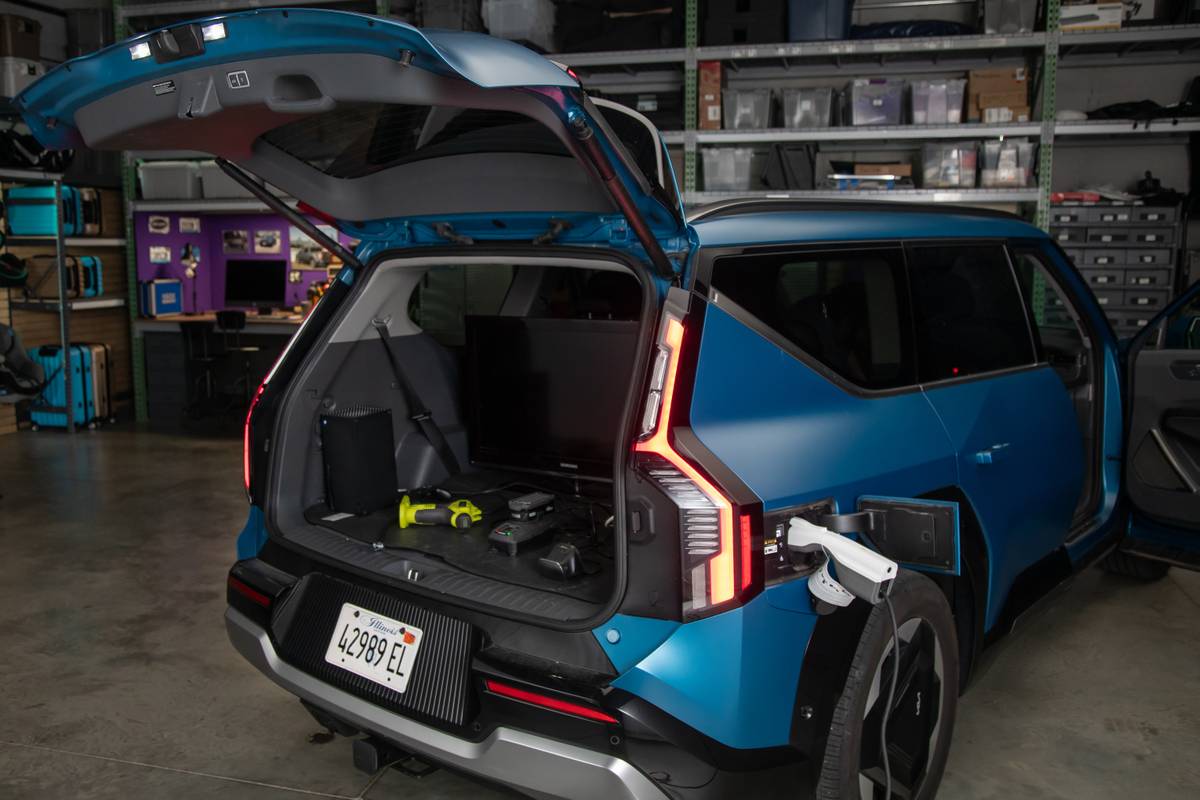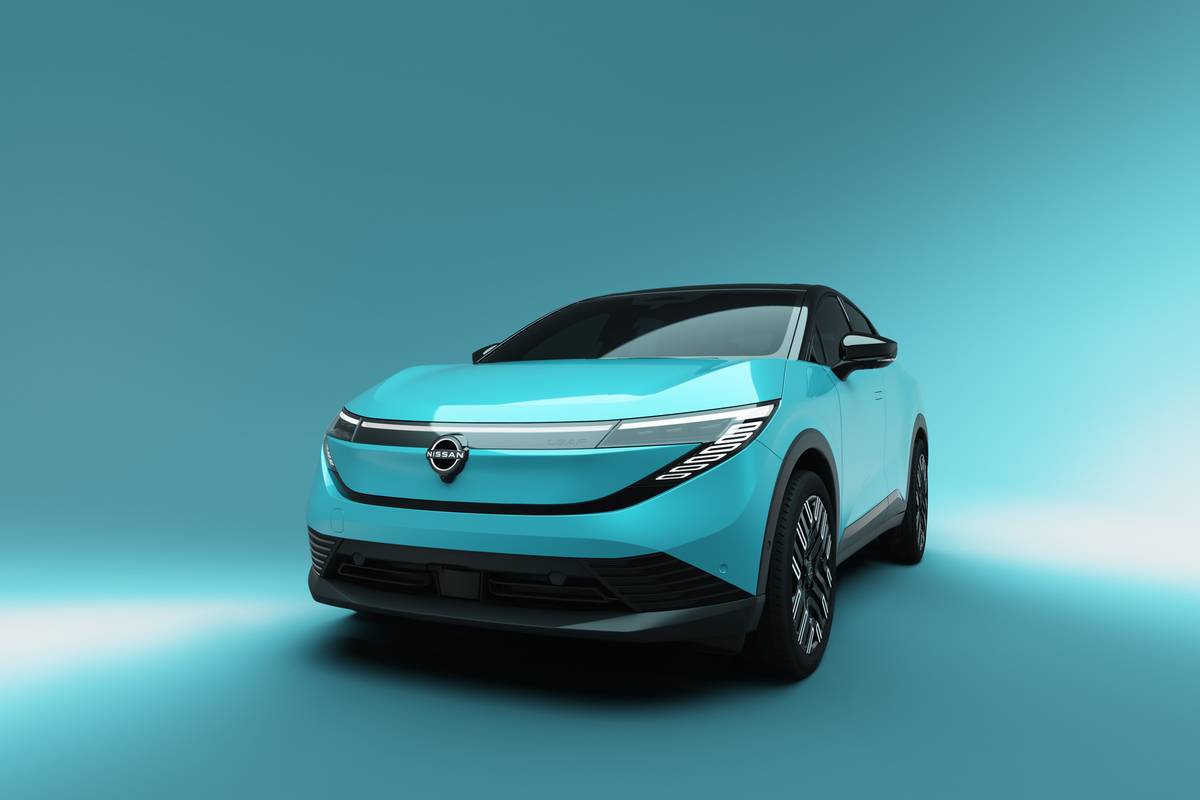Star-Telegram.com's view
MILFORD, Mich. — MILFORD, Mich. _ The rollout of the all-new Chevrolet Traverse crossover utility vehicles is nearing, and the first vehicles are now being tested at General Motors Corp.’s Milford Proving Grounds.
The Traverse goes on sale in early October with a starting price of $28,990 (including freight) for the base, two-wheel-drive LS model. Three other trim levels will be offered: 1LT, 2LT and top-of-the-line LTZ.
During a recent media ride-and-drive event at the Milford complex, Traverse designers, engineers and marketing experts discussed all aspects of the vehicle, then accompanied the visiting journalists as we drove the vehicles on a variety of test courses simulating real-world situations.
Those included maneuvers intended to demonstrate the Traverse’s handling in panic situations (such as a high-speed evasive lane change), on slick pavement, on a highway, and while pulling a trailer loaded with a heavy boat.
During the initial presentation, Don Butler, Chevrolet’s director of truck marketing, detailed the basic design and engineering of the Traverse, including GM’s goals in creating the vehicle.
“Chevrolet is really on a roll,” he said, referring in part to the runaway success of the redesigned 2008 Malibu, regarded by some reviewers as the best midsize sedan on the market.
“The Malibu has been an unqualified success, and the Traverse is designed to build on that,” Butler said.
The primary goal, he said, was to create “a no-compromise crossover” to compete in a fast-growing market segment that will account for about 1.6 million sales during 2008 _ up from 400,000 in 2002.
Four “design pillars” were established for the Traverse, he said: “Style, quality, safety and utility.”
As for the exterior, “It’s not a love-hate” design, Butler said. Instead, it’s a look that everyone should find appealing, and a vehicle that “you’ll want to leave in your driveway for everyone to see, and not hide it in your garage,” he said.
Chief exterior designer Guy Whitla said the design team wanted to give the vehicle “great proportions.”
“Who says the family vehicle has to be boring?” he said.
The vehicle comes with a twin-port grille adapted from the Malibu, and this design is the “new face of Chevrolet,” which will begin showing up on other new models as well, said Humberto Ortiz, the vehicle’s senior designer.
The overall look is one of “passionate flair,” he said. “It’s not cute, controversial, too extravagant or futuristic.”
“It’s like wearing your favorite pair of jeans,” Ortiz said. “It makes you happy, and you look cool, too.”
Wind-tunnel testing helped give the vehicle a sleek exterior, with a 0.33 coefficient of drag. That measurement means the Traverse “is as efficient as a sports car” in its movement through the air, an important design aspect in achieving the best-possible fuel economy, Butler said.
To maximize interior space and make the Traverse the roomiest vehicle in its class, the wheels were moved as close to the four corners as possible. The car has the best cargo capacity in the midsize crossover segment, with 117.5 cubic feet of space in total, compared with 95.4 for the Toyota Highlander and 87 for the Honda Pilot, which Butler said are expected to be the Traverse’s key competitors.
Like the Pilot, the Traverse can accommodate up to eight passengers. The Highlander is limited to seven.
The space behind the Traverse’s third seat has 24.4 cubic feet, about 10 more than the space in the trunk of the average midsize sedan. Butler demonstrated the Traverse’s superiority in cargo capacity by easily stowing two full golf bags behind the third seat; he was able to get only one of the bags in the rear of the Highlander that GM had on display next to the Traverse.
As for quality, Butler said GM expects the Traverse to follow the Malibu’s example. The Malibu was ranked “best midsize sedan” in the 2008 J.D. Power Initial Quality Survey.
Body fit and finish, including gaps between body panels, was designed to be comparable with that of premium sedans from Lexus and BMW, he said.
Because the Traverse is intended to be a family vehicle, strong emphasis was placed on safety, Butler said, giving the vehicle features to protect occupants “before, during and after a crash.”
Among these are antilock brakes, electronic stability control and traction control, designed to help keep the vehicle stable during panic maneuvers, such as abrupt high-speed lane changes to avoid objects such as stalled vehicles. On the test track, the stability control system took over during high-speed swerving through a course of orange cones, keeping the vehicle under control throughout the maneuver.
The system has “rollover mitigation,” designed to help prevent one of the most dangerous of SUV accidents _ rolling over.
The antilock brakes and stability control systems worked flawlessly during abrupt maneuvering and a panic stop on slick, wet pavement, as well.
A 4,500-pound boat-trailer combination was attached to show how easily the Traverse can tow. Along a road course on the Milford grounds, the Traverse didn’t seem to strain at all with the extra weight behind it, and acceleration and handling both were barely different from when there was no trailer attached.
Other safety features include seat-mounted side air bags for the front-seat passengers, and roof-mounted side-curtain air bags for all three rows.
To assist after a crash, the Traverse comes with GM’s OnStar satellite-based communications system, which reports automatically to an OnStar operator if the vehicle is involved in an accident. Besides reporting when an air bag deploys, the system also tells the operator if the vehicle has rolled over, or been hit on the front, side or rear.
The OnStar operator attempts to talk to the occupants of the vehicle after receiving a crash notification, but if there is no response, will call out emergency responders to the scene. The GPS satellite location service built into the system allows the operator to pinpoint the crash site.
During routine driving, the OnStar system provides such features as turn-by-turn navigation and directions to restaurants, hotels or other points of interest.
The Traverse is built with a high-strength safety cage to help protect the occupants from the forces of a collision. In crash tests by the National Highway Traffic Safety Administration, the Traverse earned five stars _ the top score _ in front and side collisions, as well as in a rollover.
With its 3.6-liter V-6 engine, cranking out 288 horsepower and 270 foot-pounds of torque, the Traverse has the best fuel economy ratings of any eight-passenger vehicle on the market _ 17 miles per gallon city/24 highway for the front-wheel-drive model. The all-wheel-drive version is rated at 16 city/23 highway.
The engine is connected to a smooth-shifting six-speed automatic transmission.
Inside, the Traverse is designed to accommodate eight adults comfortably, resulting in Chevy’s “no-squeeze guarantee,” Butler said.
Even the third seat is comfortable for adults, where most vehicles with a third row make it barely adequate for children. To accommodate longer legs in the rear seat, the middle seat has GM’s “Smart Slide” feature, which lets it move forward or backward up to four inches.
Other cool features of the new Traverse _ some of them optional _ include a panoramic sunroof, rearview camera, in-dash navigation system, rear-seat DVD entertainment system, leather upholstery, power tailgate, remote vehicle start, turn signals in the outside mirrors, and XM satellite radio.
The Traverse is built at the former Saturn plant in Spring Hill, Tenn.
The automotive columns of G. Chambers Williams III have appeared regularly in the Star-Telegram since 1995. Contact him at chambers@star-telegram.com.
Latest news



